目录
- 1.全局状态
- 2.会话状态
原文: gradio.app/interface-s…
1.全局状态
例子来解释
import gradio as gr
scores = []
def track_score(score):
scores.append(score)
top_scores = sorted(scores, reverse=True)[:3]
return top_scores
demo = gr.Interface(
track_score,
gr.Number(label="Score"),
gr.jsON(label="Top Scores")
)
demo.launch()
如上所述,scores,就可以在某函数中访问。
- 多用户访问,每次访问的分数都保存到scores列表
- 并并返回前三的分数
2.会话状态
Gradio 支持的另一种数据持久化类型是会话状态,其中数据在页面会话中跨多个提交持久化。但是,数据_不会_在模型的不同用户之间共享。要在会话状态中存储数据,您需要做三件事:
- 将一个额外的参数传递到您的函数中,该参数表示界面的状态。
- 在函数结束时,返回状态编程客栈的更新值作为额外的返回值。
- 创建时添加
'state'输入和输出组件'state'``Interface
聊天机器人是一个您需要www.devze.com会话状态的示例 - 您想要访问用户以前提交的内容,但您不能将聊天历史存储在全局变量中,因为那样聊天历史会在不同用户之间混乱。
import gradio as gr
from transformers import AutoModelForCausalLM, AutoTokenizer
import torch
tokenizer = AutoTokenizer.from_pretrained("microsoft/DialoGPT-medium")
model = AutoModelForCausalLM.from_pretrained("microsoft/DialoGPT-medium")
def user(message, history):
return "", history + [[message, None]]
# bot_message = random.choice(["Yes", "No"])
# history[-1][1] = bot_message
# time.sleep(1)
# return history
# def predict(input, history=[]):
# # tokenize the new input sentence
def bot(history):
user_message = history[-1][0]
new_user_input_ids = tokenizer.encode(user_message + tokenizer.eos_token, retur编程n_tensors='pt')
# append the new user input tokens to the chat history
bot_input_ids = torch.cat([torch.LongTensor(history), new_user_input_ids], dim=-1)
# generate a response
history = model.generate(bot_input_ids, max_length=1000, pad_token_id=tokenizer.eandroidos_token_id).tolist()
# convert the tokens to text, and then split the responses into lines
response = tokenizer.decode(history[0]).split("<|endoftext|>")
response = [(response[i], response[i+1]) for i in range(0, len(response)-1, 2)] # androidconvert to tuples o开发者_开发学习f list
return history
with gr.blocks() as demo:
chatbot = gr.Chatbot()
msg = gr.Textbox()
clear = gr.Button("Clear")
msg.submit(user, [msg, chatbot], [msg, chatbot], queue=False).then(
bot, chatbot, chatbot
)
clear.click(lambda: None, None, chatbot, queue=False)
demo.launch()

以上就是Gradio机器学习模型快速部署工具接口状态的详细内容,更多关于Gradio部署接口状态的资料请关注我们其它相关文章!


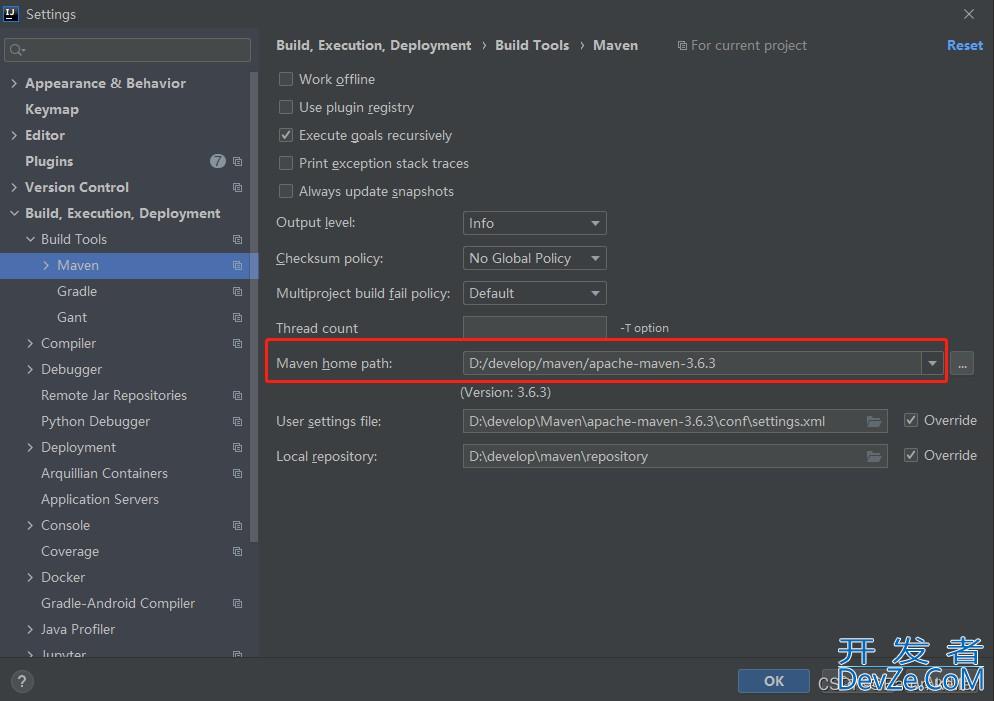
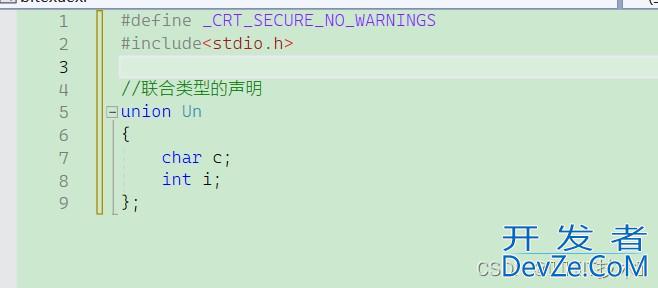
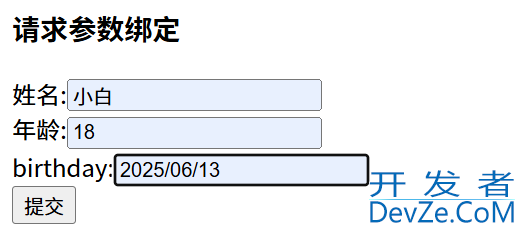
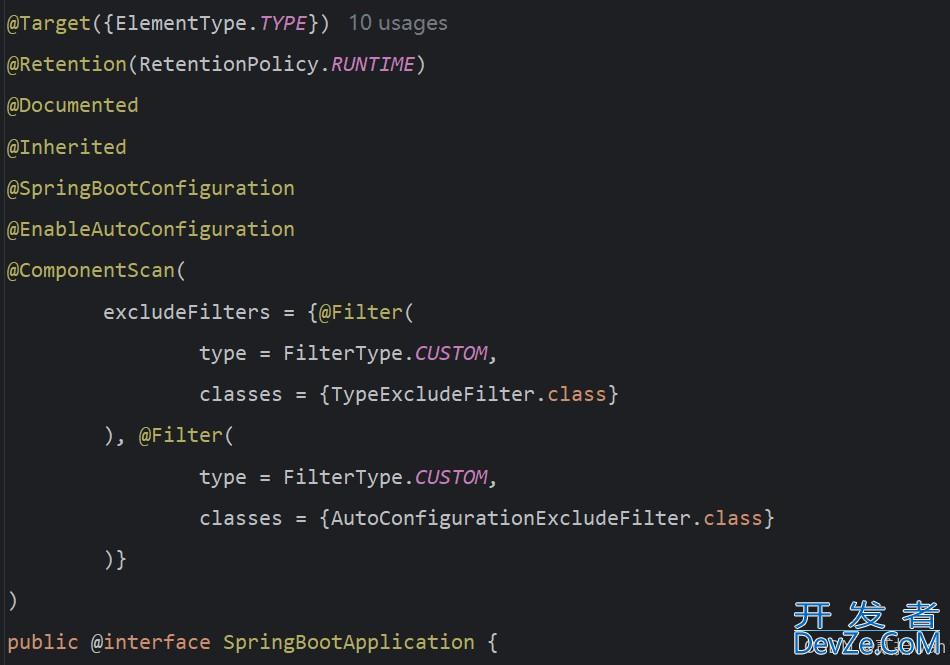
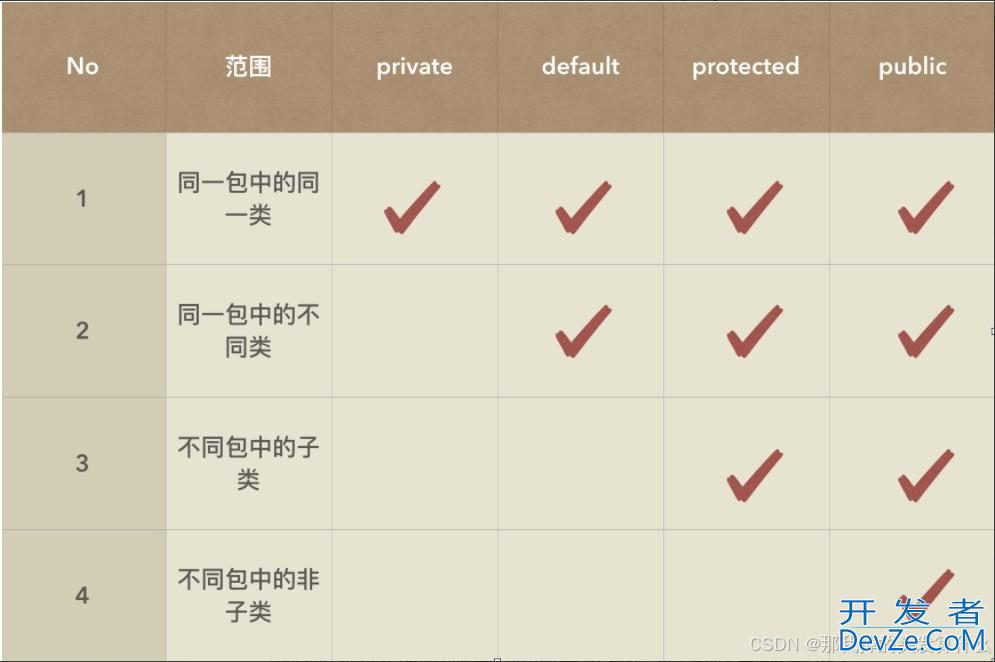


 加载中,请稍侯......
加载中,请稍侯......
精彩评论